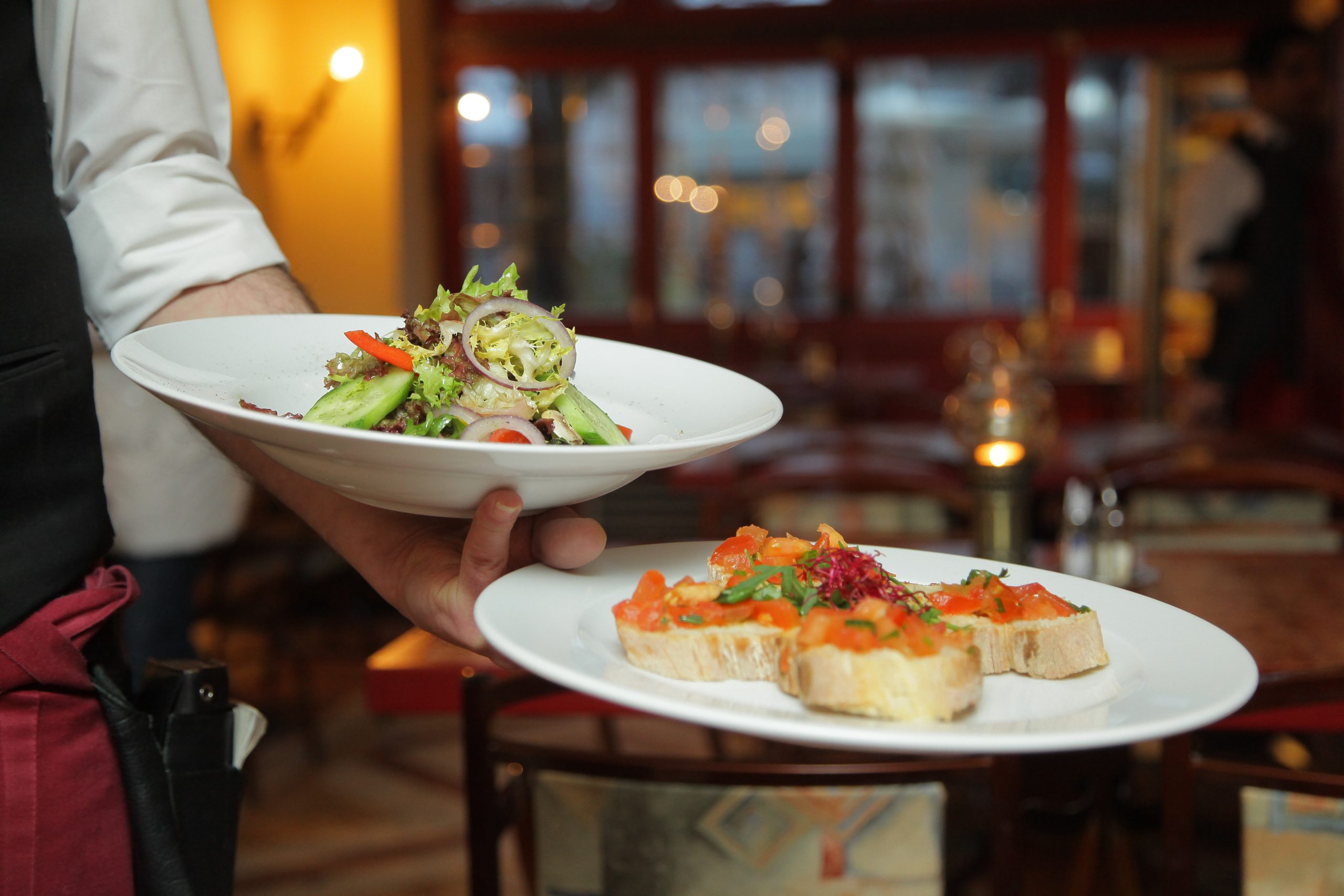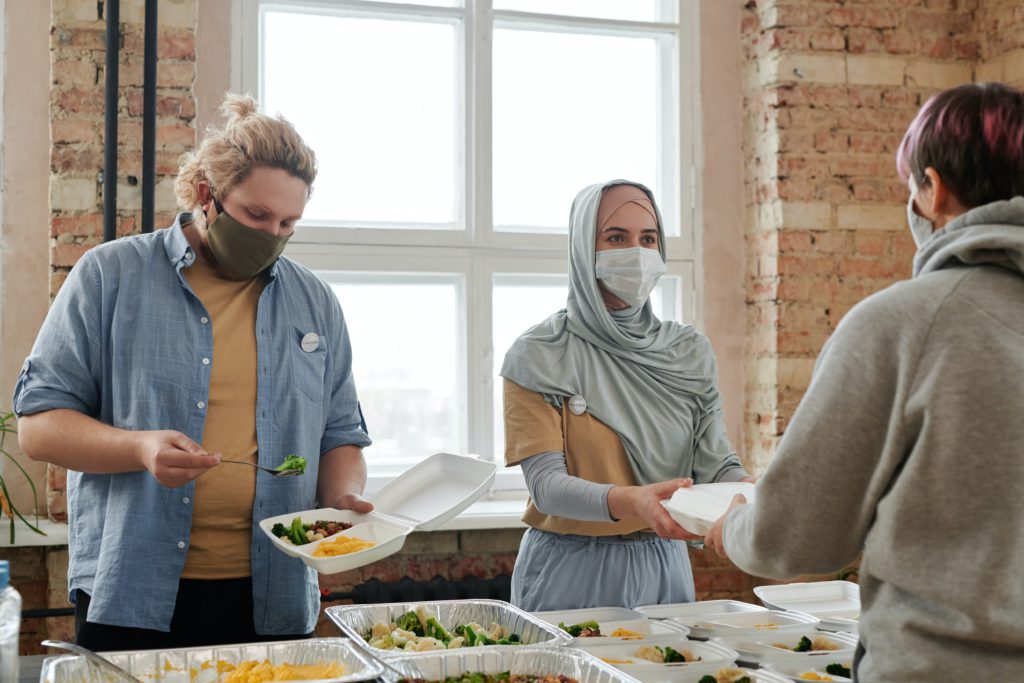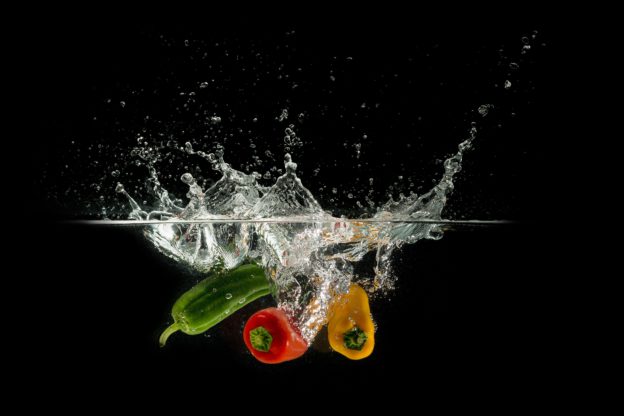
How to Handle Food Safely

Food safety is one of the most important considerations of a restaurant, because health code violations can not only give a restaurant a bad reputation, but could close it down completely. Following the correct procedure of doing each step either inside the kitchen or outside the kitchen provides customers with a healthy and safe experience. At the same time, food safety is also a concern for all employees, as it prevents the spread of illness to customers and other employees. It is essential that all people wishing to enter into the hospitality industry have some understanding of how to prepare food safely.
Action & Behavior
Even with right behavior and prevention, there might be different types of situations related to food safety that require direct and immediate attention. When these situations happens, what are the right ways to deal with it to minimize the damage?
Prevention
One of the most significant lessons is in handling raw food. By having the clear understanding of the legal and standardized requirements of food preparation and illness prevention, employees can avoid creating larger problems for themselves and their restaurant.
Situation
The behavior of employees in a restaurant plays an important role in food safety. In this first section, you will learn how the environment, behavior and bacteria change impact food safety at a restaurants. We detail the correct procedures to follow in front of and behind customers in order to maintain a high standard of food safety without losing a good reputation.
Course Content
Expand All
Environment
Behavior
Lesson Content
0% Complete
0/7 Steps
Illnesses
Foodborn Illness
12 Topics
Expand
Lesson Content
0% Complete
0/12 Steps
Prevention
Lesson Content
0% Complete
0/11 Steps
HACCP
3 Topics
Expand
Lesson Content
0% Complete
0/3 Steps
Lesson Content
0% Complete
0/8 Steps
Situations
Lesson Content
0% Complete
0/8 Steps
Course Content
Environment
Behavior
Lesson Content
0% Complete
0/7 Steps
Illnesses
Foodborn Illness
12 Topics
Expand
Lesson Content
0% Complete
0/12 Steps
Prevention
Lesson Content
0% Complete
0/11 Steps
HACCP
3 Topics
Expand
Lesson Content
0% Complete
0/3 Steps
Lesson Content
0% Complete
0/8 Steps
Situations
Lesson Content
0% Complete
0/8 Steps
About Instructor
The ASJ Team
59 Courses
Preview this Course


Login
Accessing this course requires a login. Please enter your credentials below!
